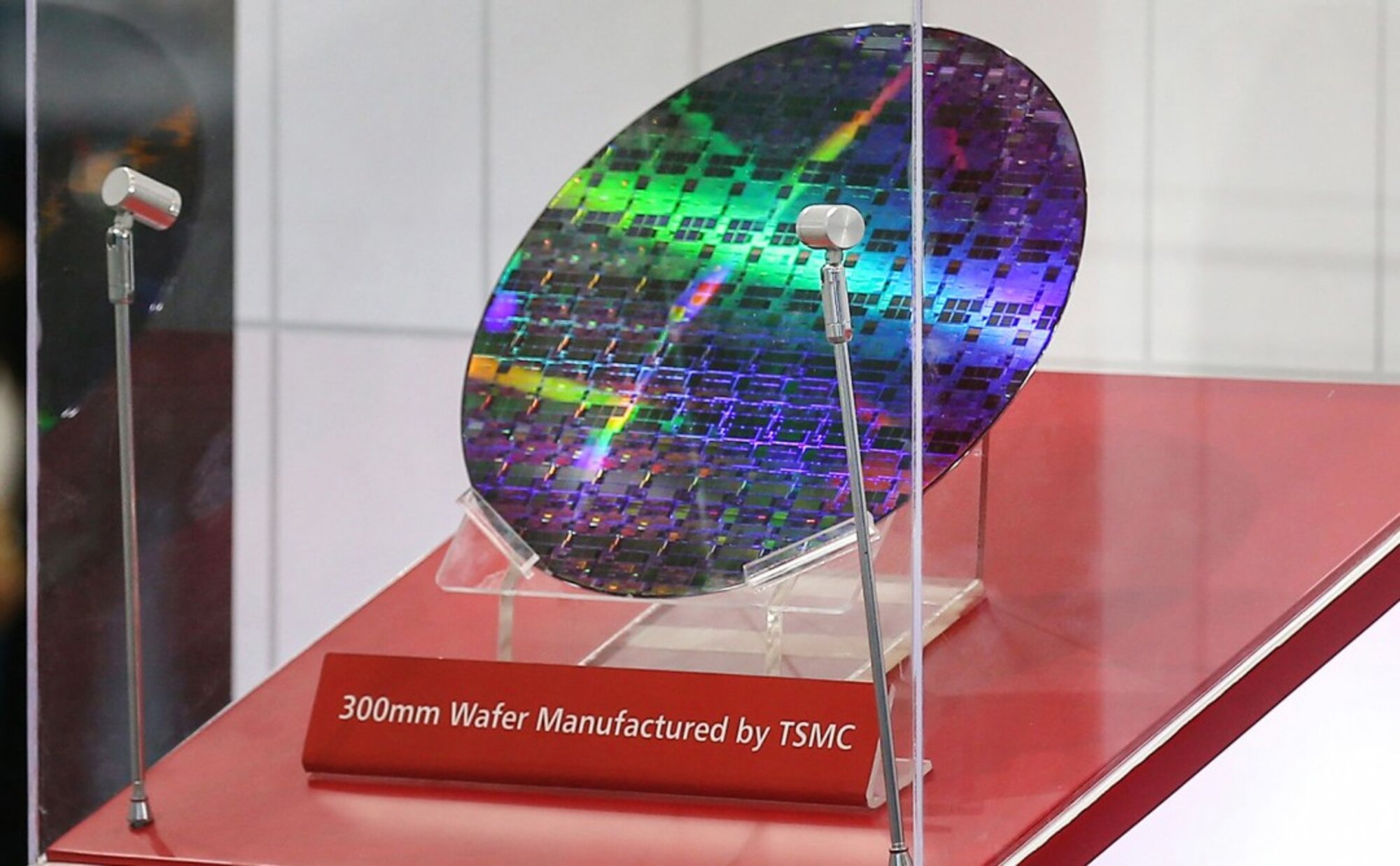TSMC has been producing 3nm chips on behalf of Apple for several months. You will soon be able to get your hands on it by acquiring an iPhone 15 Pro or a Mac equipped with an M3.
At the end of 2022, TSMC, the Taiwanese foundry leader in its field, launched production in 3 nm. This is a major step after 5 nm: the N3 offers a density gain of 60% and improves energy efficiency at the same frequency by approximately 30% compared to the N5. The first company to market consumer chips engraved in 3 nm will most certainly be Apple, through its M3 for Macs and A17 Bionic for smartphones (iPhone 15 Pro). As for the 5 nm in its infancy, orders from the Cupertino company fill most of the foundry’s order book.
Special treatment for Apple
According to a new report from The Information, Apple benefits from very favorable and unprecedented preferential treatment from TSMC: the founder would bear the cost of defective processors. With regard to performance, The Information evokes about 70%.
Last May, a report would also suggest that TSMC was unable to manufacture enough Apple A17 Bionic and M3 chips for Apple. In fact, according to Samsung, whose judgment is necessarily very biased, the 3 nm lines of the South Korean company would have a better yield than those of the Taiwanese company. Samsung only mentions 60% efficiency against 55% for its competitor.
In fact, the favorable conditions granted to Apple by TSMC are those of a supplier towards its main customer. always according to The InformationApple orders accounted for 23% of TSMC’s $72 billion in revenue last year.
For the 3 nm, Apple would therefore be, by far, TSMC’s biggest customer, if not the only one. The report indeed suggests that the apple brand has arrogated exclusivity for a year; this practice would also be the norm since 2014 for each major burning node.
3 nm currently reserved for high-end chips, for products that are too
Either way, Apple is the perfect company to experiment with new burning processes early in production. Indeed, this “privilege” presupposes a partnership at the design level with the founder upstream, which involves financial aspects, but also a relationship of trust.
Second, the client must be able to financially support low returns initially; good, apparently they are assumed by TSMC for Apple with the 3 nm.
Finally, as you can imagine, you don’t equip an entry-level product with a state-of-the-art chip: at the start, innovation is necessarily reserved for very high-end products sold to customers who are not reluctant to pay a high price (which is somewhat the case with part of Apple’s…).
In short, that at the beginning of the 3 nm, the apple brand is the first served is not very surprising; the fact that TSMC bears the losses is even more so. Subsequently, companies such as NVIDIA, AMD, Qualcomm and now even Intel for Arrow Lake will adopt this burning node for their next generations of products.
Remember that the RTX 40 Series are engraved in 5 nm, the MCM GPUs of the Radeon RX 7000 too; 3 nm should not be generalized before the RTX 5000, RX 8000 and Zen 5 processors (Ryzen 8000). However, these products are not planned before 2024, at the earliest. As for the Snapdragon 8 Gen 3, it is possible that it will remain engraved in 4 nm, as is already the Snapdragon 8 Gen 2.
Source: The Information on Ars TECHNICA

7